Sir Michael Craig-Martin is an Irish-British contemporary conceptual artist and painter. His early work drew together a variety of objects and materials and questioned the nature of art and representation. In the late 1970s he began to make line drawings of ordinary objects, creating over the years an ever-expanding vocabulary of images which form the foundation of his work to this day. His more recent work, which includes painting, printmaking, installations projections and drawing, continues to depict common place objects. During the 1990s the focus of his work shifted decisively to painting, with the same range of boldly outlined motifs and vivid color schemes applied both to works on canvas, and to increasingly complex installations of wall paintings. This is a visual style that I would love to apply to my own photography. I think that Martin provides a possible link between both traditional art and photography, uniting the two mediums. This is perfect for me, given my passion for drawing and taking photographs. By undertaking this project, not only can I link two of my school subjects ( Art and Photography) but I can produce work with enjoyment. I love drawing and taking Photographs so merging the process together should be a fun challenge.
Below I have included a collection of Martin’s work for analysis. I truly love this work and I think it is something that I am passionate enough about, to pursue for my project. This is assuming I incorporate a sense of individuality upon the idea and find a way to apply it to travel photography and environment.



As demonstrated in the artwork above, Martin is very intelligent in the way he creates his imagery. Martin creates brightly coloured and minimally drawn paintings of everyday objects. There is nothing special or interesting about the objects that Martin selects to study. They are mundane, regular items that we frequently encounter in everyday life, but never pay attention to. It is therefore quite, thought-provoking and intriguing when you begin to produce huge exhibitions focusing on them. Its triggers questions surrounding what makes real art. I really like the minimalistic visual style employed by Martin as well. He creates simple line drawings with no shading, indicating shape and form. He then incorporates an array of vivid and powerful colour tones throughout the piece that frequently clash with one another. This works effectively as we begin to question our familiarity with these everyday objects. Michael Craig Martin uses bold colours and lines to enhance his work, he also adds bold backgrounds that complement his art. As demonstrated above, he frequently places the object right in the middle of the picture to create a strong sense that nothing is more important than the other.


Applying to my Project
So they question is, how does this work apply to my photography? Inspired by the work of Martin, I would like to create my own digital illustrations that merge and combine with my photographs. Picture one of Martin’s individual object pieces, except the coloured background has been replaced with a photograph. This develops some concepts and imagery that has potential to look good. But we are left questioning the relevance between photograph and drawing. A drawing of a lightbulb upon an image of field looks confusing, random and out of place. This where my own individual thinking and style will be forced into action. Although I would to still like to maintain Martin’s ‘everyday’ way of thinking within my project, I would like to organise these objects so that they work in co-operation with the photographs. Although Martin’s digital illustration was the initial stem of inspiration for this concept, upon further research, I discovered some of his sculpture work that comes close to demonstrating my visual plan. I have included some images of this above.
These images are all taken from Michael Craig Martins exhibition at Chatsworth. This is a major display of contemporary sculpture in the garden with new works made specifically for this exhibition. Installed in the Gardens of the Chatsworth house, home of the Duke and Duchess of Devonshire, Martin created twelve heavy, steel ‘line drawing’ sculptures including vibrant umbrellas, huge garden implements and a giant pink shoe. While the objects themselves may be ordinary, their form and scale are anything but. When captured on camera, the resulting image represents something similar to my intentions with this project. The main difference is that, I will not be erecting any sculptures, but digitally drawing these objects upon my travel photography. This will experimental and largely improvisational as I select objects that I feel would be appropriate to the landscape and environment. With digital drawing, I also have a lot less restrictions than Martin did with his sculptures, meaning I can test out unusual visual effects and compositions. This idea provides me with the opportunity to provide messages and thoughts surrounding the cities I am visiting. For example, in Rome, I can illustrate Roman gladiators over a photograph of the Colosseum, as if to impose history and heritage over modern day imagery. Although Martin’s work has served as excellent inspiration for me, I am certain now that my work will be very different. Whilst I love Martins exhibition at Chatsworth, his sculptures a very random and pitch little relevance to the environment present. My work will be a lot more focused and directed, paying attention to the landscape and working off of these visual cues.








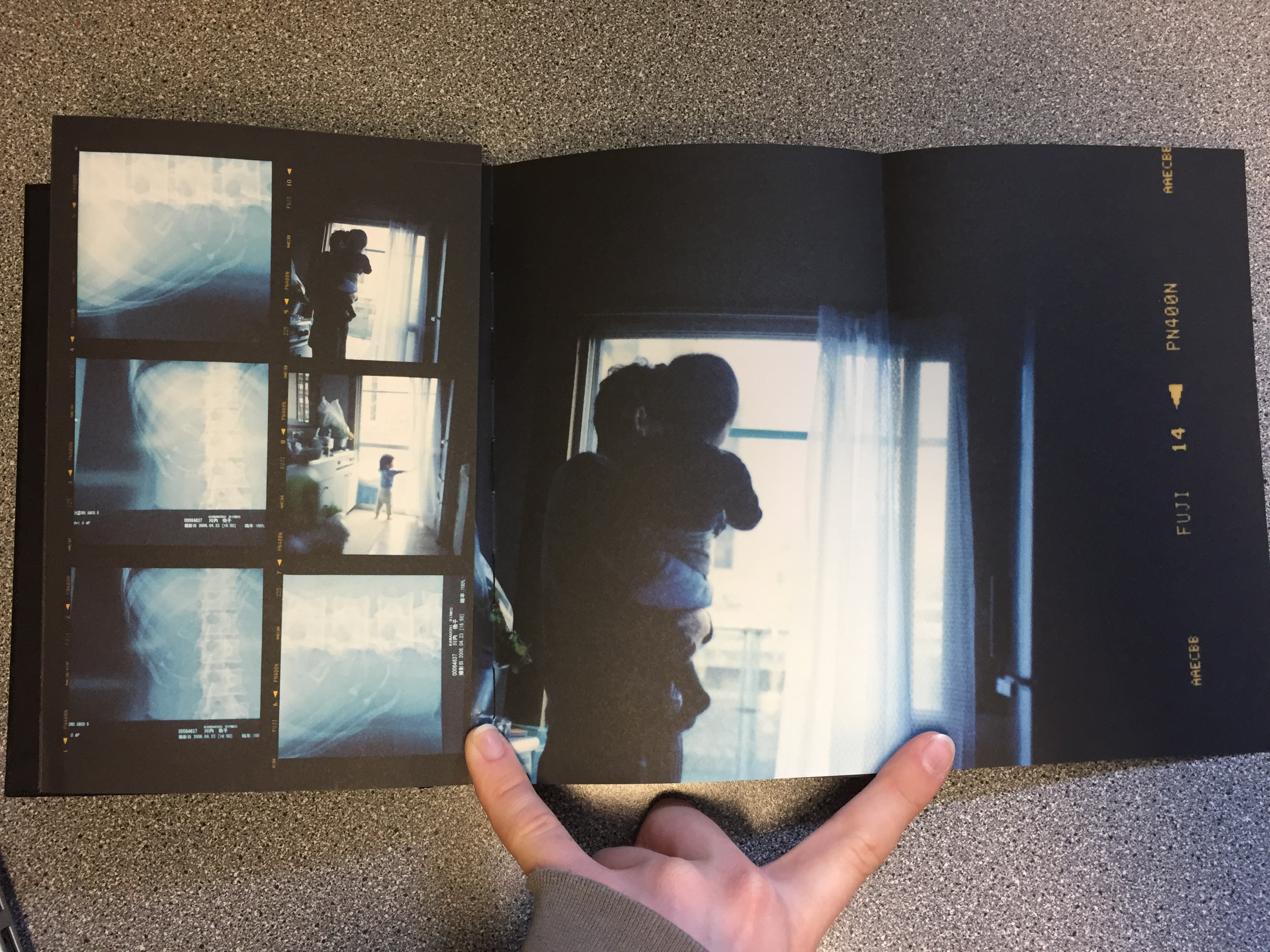


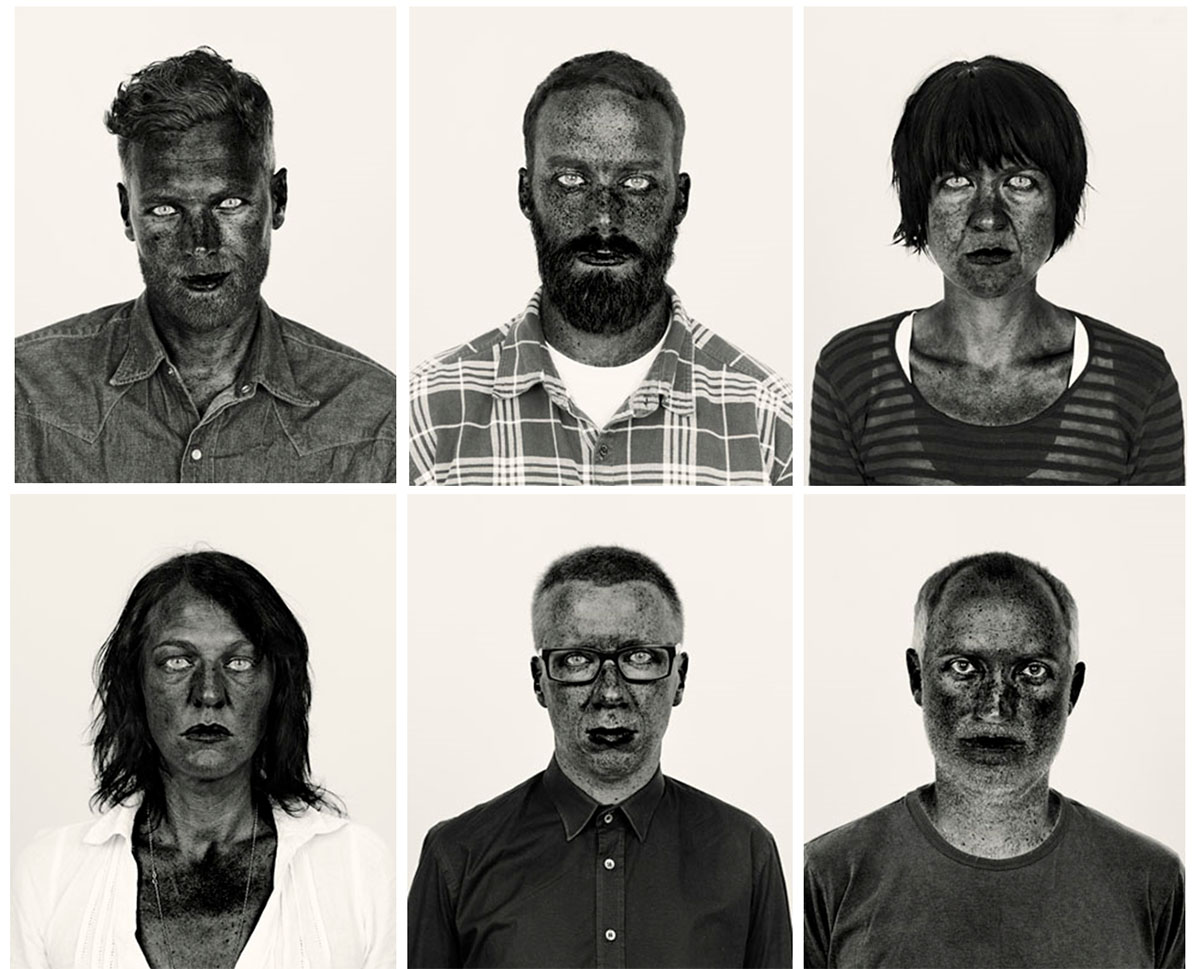




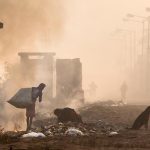
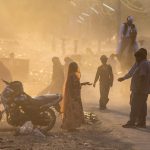


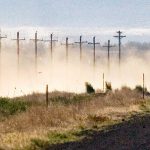
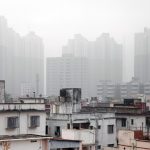
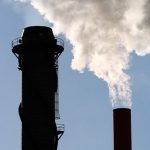
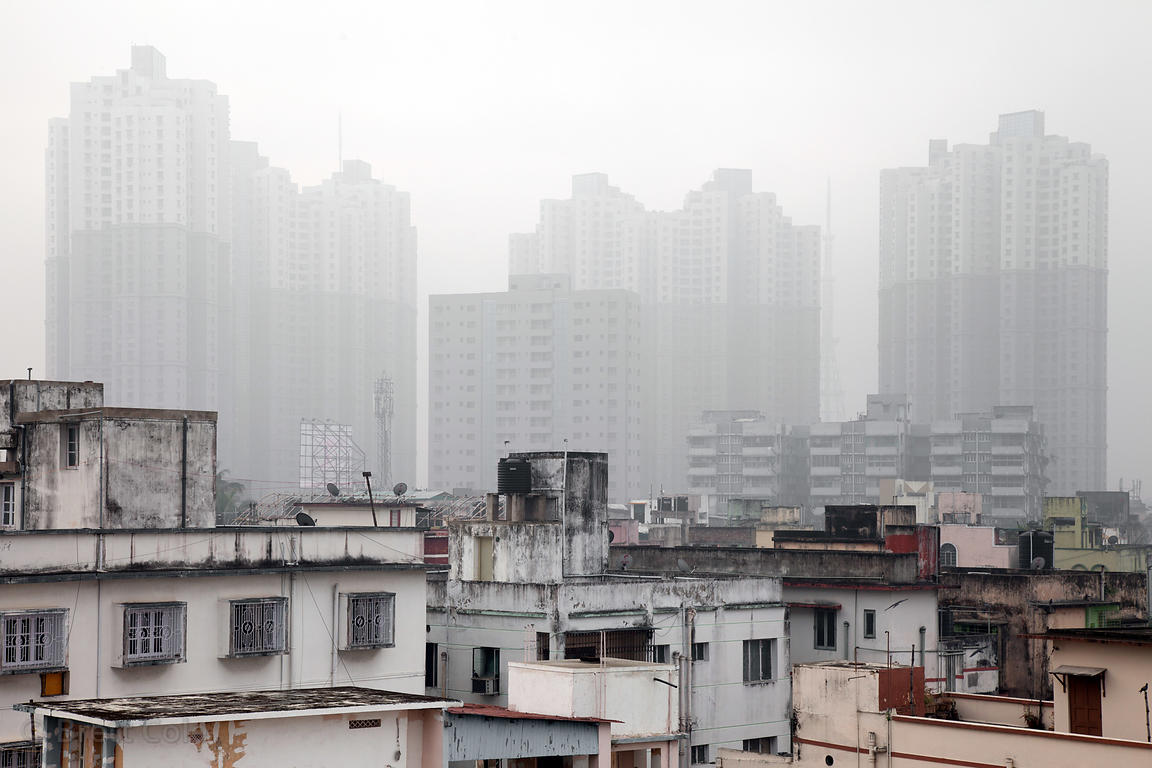
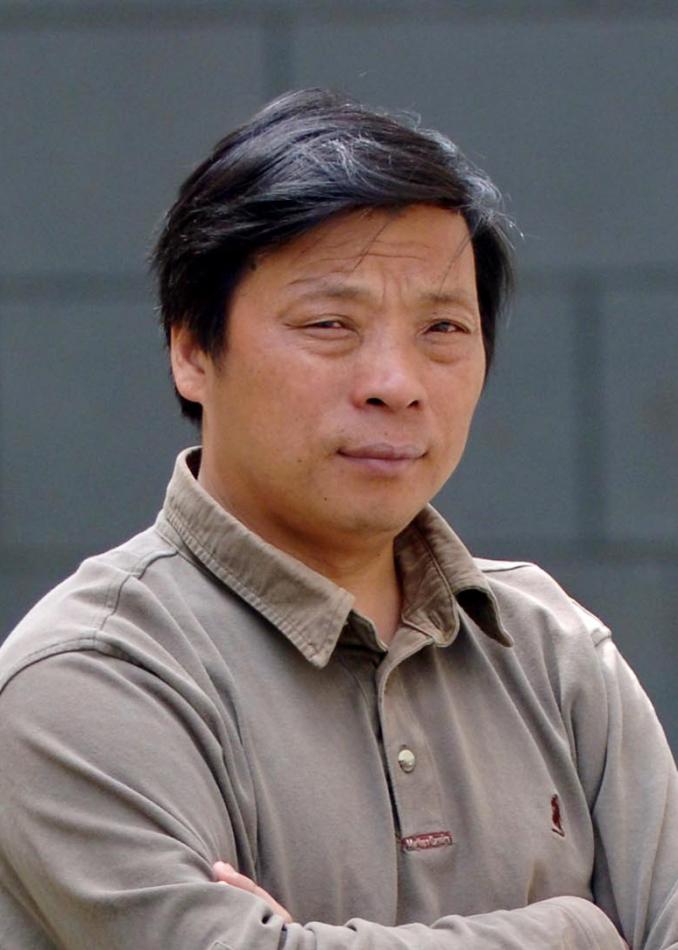
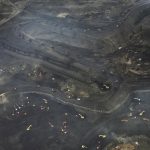



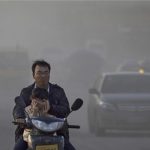

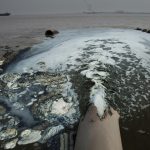
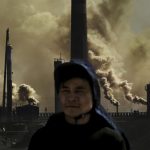
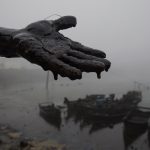

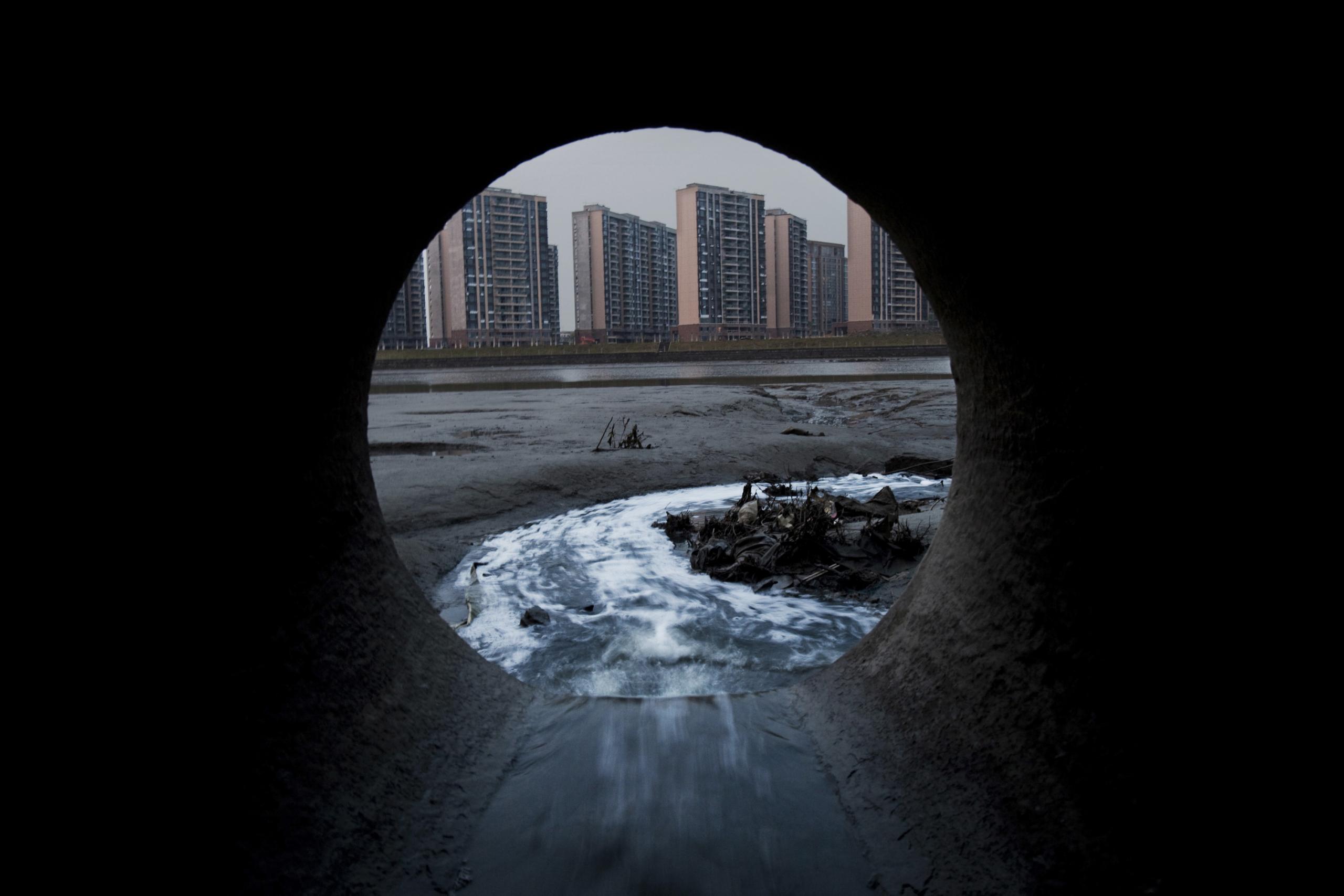



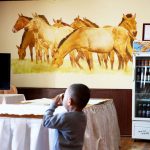
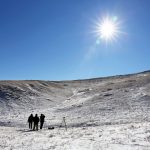


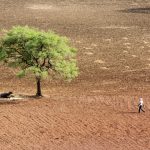
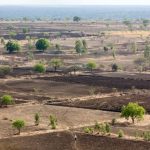
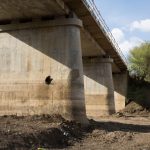
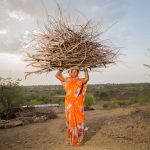



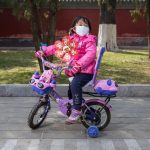
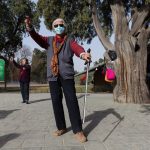



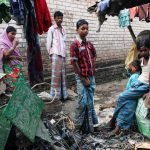

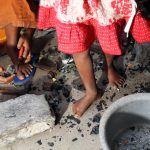

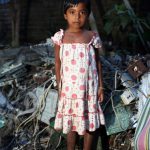
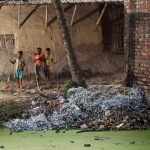

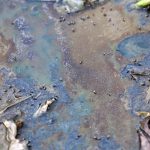
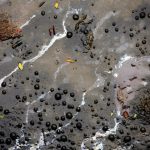


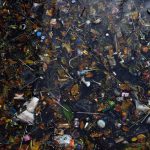
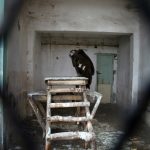


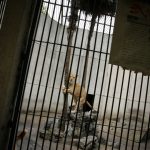
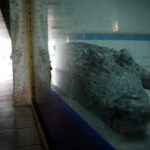

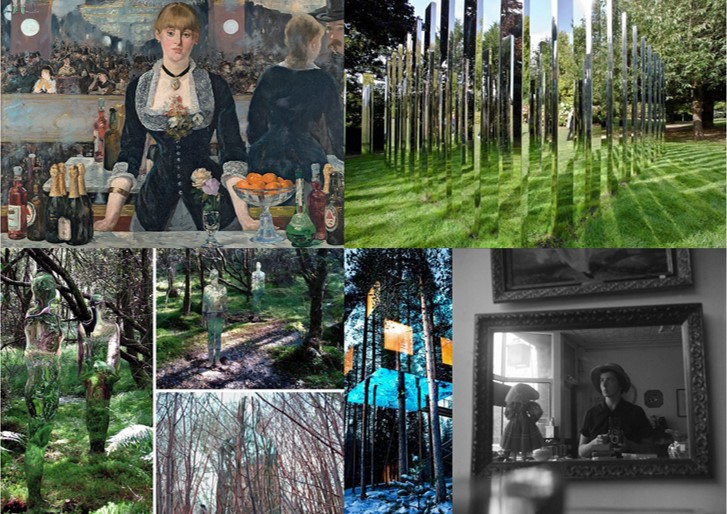



















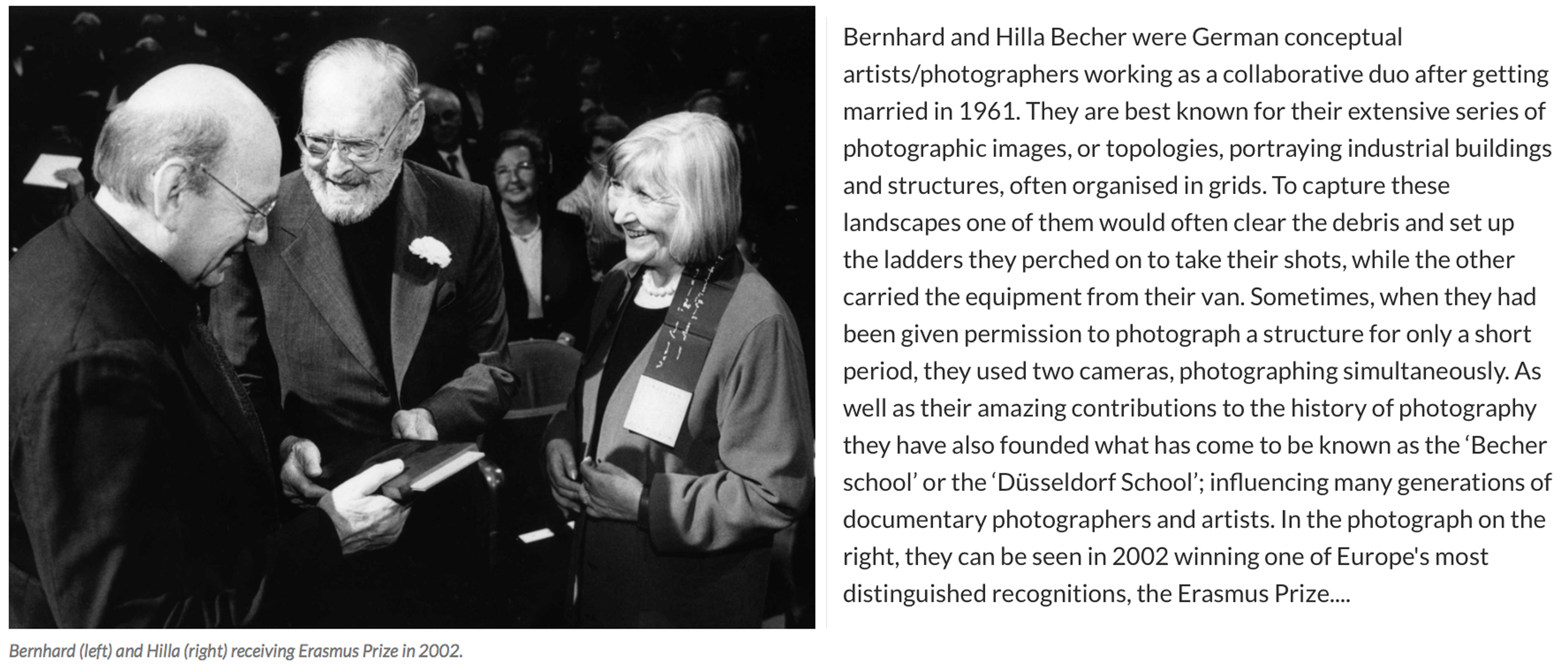 For over 40 years the pair used an 8×10 large-format camera to capture the architecture of industrialisation: water towers, coal bunkers, blast furnaces, gas tanks and factory facades. They did so in an obsessively formalist way that defined their own unique style and made them one of the most dominant influences in contemporary European photography and art. In the early years, with a young son in tow, they travelled across Europe and later the US for weeks at a time in a Volkswagen camper van, cooking and eating by the roadside. When asked in a recent interview why they only photographed industrial structures, Hilla replied: “Because they are honest. They are functional, and they reflect what they do – that is what we liked. A person always is what he or she wants to be, never what he or she is.” For Bernhard, the process of photographing and therefore fixing these brutalist structures forever was rooted in his love of the landscape he grew up in as a child. The huge buildings that dominated and defined his childhood in the Ruhr began to disappear rapidly in Germany’s postwar economic period, and he rightly sensed they would disappear elsewhere – across Europe, Britain and America. I have chosen this amazing couple as an inspiration for my next shoot at the ‘Energy from Waste’ facility because I absolutely love the simple yet fascinating way they have captured these artificial contraptions…
For over 40 years the pair used an 8×10 large-format camera to capture the architecture of industrialisation: water towers, coal bunkers, blast furnaces, gas tanks and factory facades. They did so in an obsessively formalist way that defined their own unique style and made them one of the most dominant influences in contemporary European photography and art. In the early years, with a young son in tow, they travelled across Europe and later the US for weeks at a time in a Volkswagen camper van, cooking and eating by the roadside. When asked in a recent interview why they only photographed industrial structures, Hilla replied: “Because they are honest. They are functional, and they reflect what they do – that is what we liked. A person always is what he or she wants to be, never what he or she is.” For Bernhard, the process of photographing and therefore fixing these brutalist structures forever was rooted in his love of the landscape he grew up in as a child. The huge buildings that dominated and defined his childhood in the Ruhr began to disappear rapidly in Germany’s postwar economic period, and he rightly sensed they would disappear elsewhere – across Europe, Britain and America. I have chosen this amazing couple as an inspiration for my next shoot at the ‘Energy from Waste’ facility because I absolutely love the simple yet fascinating way they have captured these artificial contraptions…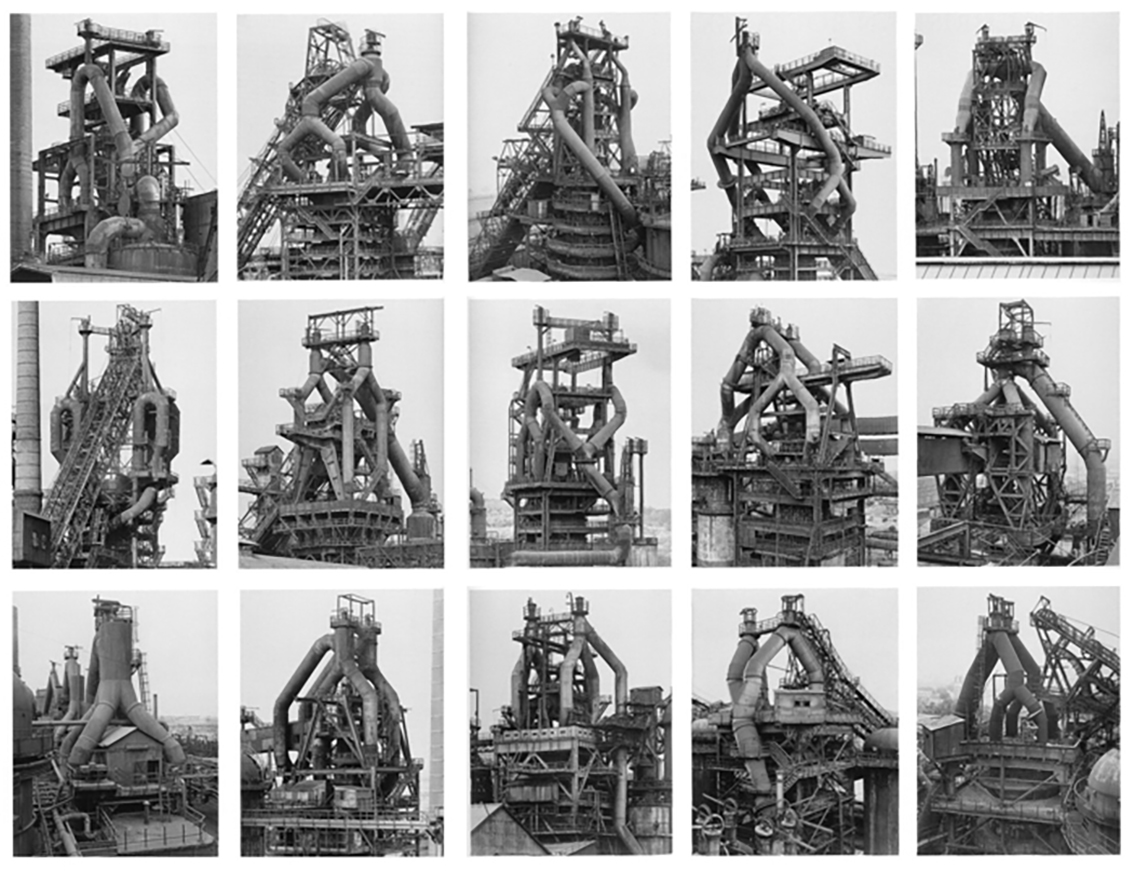 The Bechers were, first and foremost, formalists. “We want to offer the audience a point of view to understand and compare the different structures,” they once said. “Through photography, we try to arrange these shapes and render them comparable. To do so, the objects must be isolated from their context and freed from all association.” Much like the majority of the Becher’s work, this collection above depicts many different blast furnaces in different compositions, all printed in black and white and arranged in grids that emphasised their resemblance – what Hilla once called their “universality”. The meaning behind these images is to create straightforward historical documents of these vanishing industrial structures as well as beautiful topographic images. Although I will not be seeing this type of arrangement when visiting La Collette, I will be taking inspiration from the intricate way they have captured the angles and compositions from in between the pipes and framework.
The Bechers were, first and foremost, formalists. “We want to offer the audience a point of view to understand and compare the different structures,” they once said. “Through photography, we try to arrange these shapes and render them comparable. To do so, the objects must be isolated from their context and freed from all association.” Much like the majority of the Becher’s work, this collection above depicts many different blast furnaces in different compositions, all printed in black and white and arranged in grids that emphasised their resemblance – what Hilla once called their “universality”. The meaning behind these images is to create straightforward historical documents of these vanishing industrial structures as well as beautiful topographic images. Although I will not be seeing this type of arrangement when visiting La Collette, I will be taking inspiration from the intricate way they have captured the angles and compositions from in between the pipes and framework.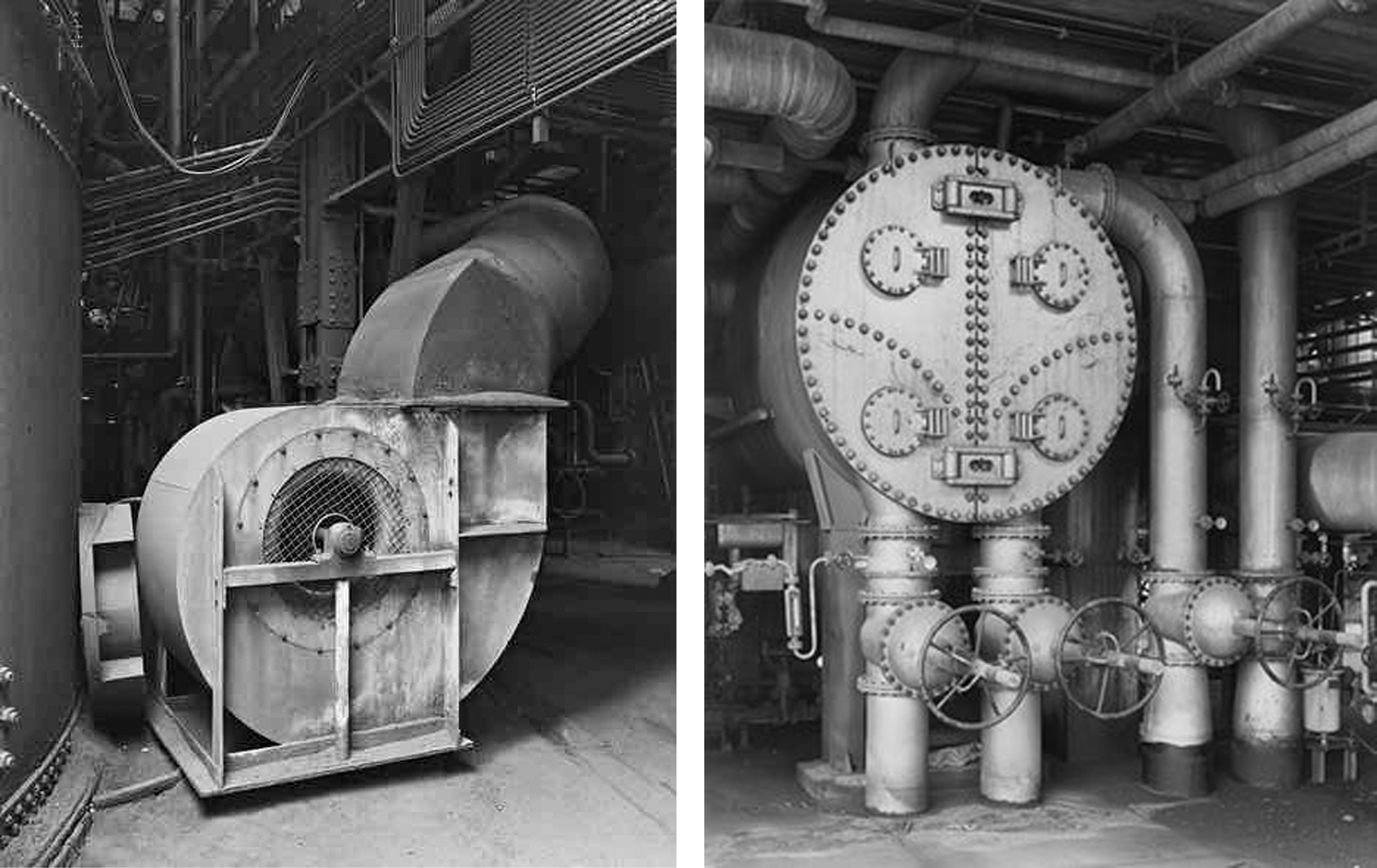
 As well as looking at the Bechers grid style outcomes I will also be taking a lot of inspiration from some of their more simple, close up work. The two photographs on the top row of the contact sheet above show detail captured from a Petrochemical Plant in 1983, Wesseling, Germany. These images depict some of the scenes I expect to find for my next shoot in the ‘Energy from Waste’ facility and I love their dynamic and structural composition. Below them, I have added three more industrial landscapes captured by the famous couple that was originally part of a much larger grid. These images depict old Stonework and Lime Kilns strategically captured against their environments. Alongside her late husband, Hilla saw structures that others might have dismissed as ugly, even threatening, and made them unforgettable.
As well as looking at the Bechers grid style outcomes I will also be taking a lot of inspiration from some of their more simple, close up work. The two photographs on the top row of the contact sheet above show detail captured from a Petrochemical Plant in 1983, Wesseling, Germany. These images depict some of the scenes I expect to find for my next shoot in the ‘Energy from Waste’ facility and I love their dynamic and structural composition. Below them, I have added three more industrial landscapes captured by the famous couple that was originally part of a much larger grid. These images depict old Stonework and Lime Kilns strategically captured against their environments. Alongside her late husband, Hilla saw structures that others might have dismissed as ugly, even threatening, and made them unforgettable. Since receiving the email above I have been in contact with the ‘Energy from Waste’ facility and have arranged to meet with them on Thursday the 20th of April at 10:45 am. My plan of action for this shoot is to record the site from an insider’s perspective using topography and documentary photography techniques. Whilst there I will be taking as many images as possible, attempting to capture some interesting compositions and angles to draw in my viewer’s attention. All I will need to complete this shoot is my camera and the safety equipment that will be provided upon arrival. My goal for this opportunity is to truthfully present what happens to Jersey’s un-recycled waste, as well as the elements that go into the transforming it into energy.
Since receiving the email above I have been in contact with the ‘Energy from Waste’ facility and have arranged to meet with them on Thursday the 20th of April at 10:45 am. My plan of action for this shoot is to record the site from an insider’s perspective using topography and documentary photography techniques. Whilst there I will be taking as many images as possible, attempting to capture some interesting compositions and angles to draw in my viewer’s attention. All I will need to complete this shoot is my camera and the safety equipment that will be provided upon arrival. My goal for this opportunity is to truthfully present what happens to Jersey’s un-recycled waste, as well as the elements that go into the transforming it into energy.
